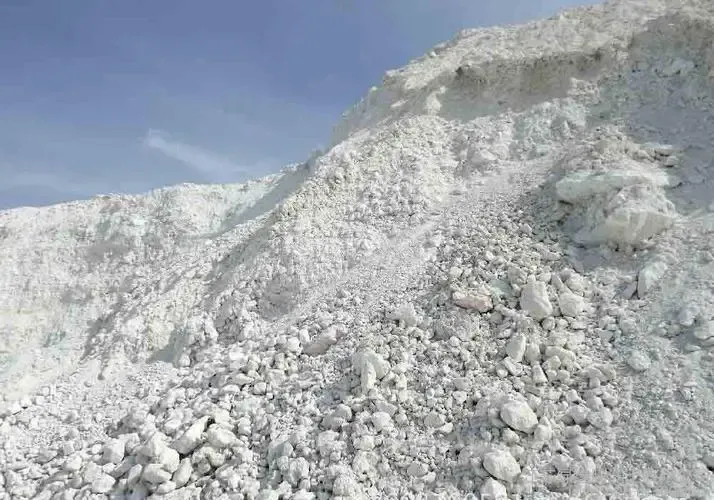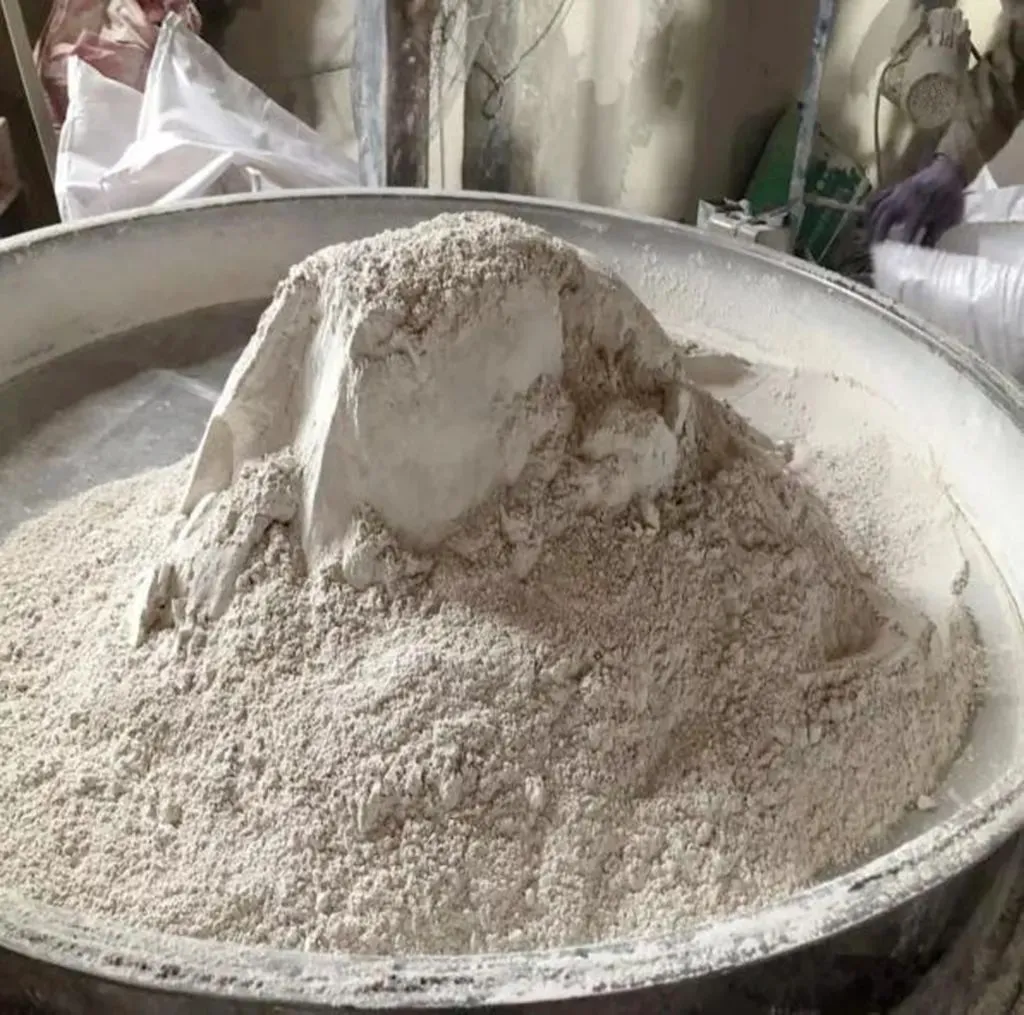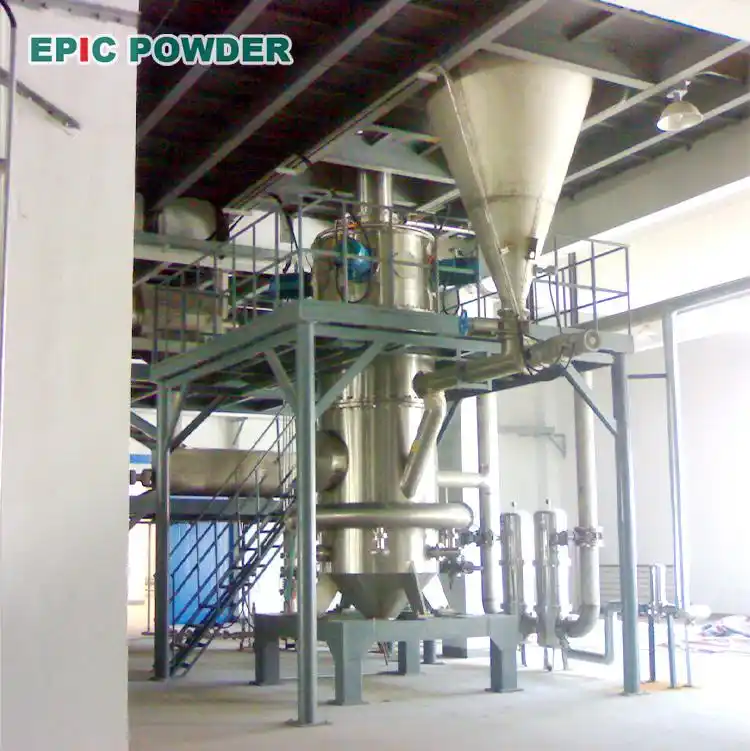1. Bentonite
Bentonite, also known as “montmorillonite clay,” is a non-metallic mineral with montmorillonite as its core component. It often contains small amounts of illite, kaolinite, zeolite, feldspar, and calcite. The practical value of bentonite depends directly on its montmorillonite content. For applications requiring ultra-fine bentonite powders, jet mill pulverization offers a superior solution.
2. Montmorillonite
Montmorillonite refers to a group of minerals with complex chemical structures. The International Clay Association classifies it under the smectite or montmorillonite group, which includes dioctahedral and trioctahedral subfamilies with over ten mineral species. Bentonite typically contains dioctahedral minerals such as montmorillonite, beidellite, and nontronite.

3. Calcium-Based vs. Sodium-Based Bentonite
Bentonite is categorized by exchangeable cations (e.g., calcium, sodium, magnesium). Calcium-based and sodium-based bentonite are the most common types. Sodium-based bentonite outperforms calcium-based in expansibility, cation exchange capacity, dispersibility, viscosity, lubricity, and thermal stability. However, sodium-based reserves are limited, making calcium-based bentonite dominant in certain regions.
4. Organic Bentonite
Organic bentonite is produced by replacing exchangeable cations in montmorillonite with organic ammonium ions, resulting in hydrophobic and lipophilic properties. Classified by function and composition, it includes high-viscosity, easy-dispersion, self-activating, and high-purity types, each subdivided into low-, medium-, and high-polarity grades.
5. Lithium-Based Bentonite
Naturally occurring lithium-based bentonite is rare, so it is often produced artificially. It forms gels in organic solvents and exhibits excellent expansibility, thickening, and suspension properties, making it ideal for architectural coatings, latex paints, and casting coatings.

6. Activated Clay
Activated clay is a porous white-to-gray powder obtained by treating bentonite with inorganic acid or salt. Its microporous structure and strong adsorption capacity make it suitable for decolorizing petroleum products, industrial animal/plant oils, and serving as an adsorbent or catalyst carrier in chemical processes.
7. Pillared Montmorillonite
Pillared montmorillonite is a mineral material with a two-dimensional porous structure, formed by inserting polymerized inorganic cations or organic ions into the montmorillonite layers. It offers a large surface area, excellent thermal stability, strong surface acidity, and adjustable pore size, enabling applications in petrochemicals, wastewater treatment, and antimicrobial materials.
8. Bentonite Inorganic Gel
Bentonite inorganic gel is a high-value colloidal product made through purification, sodium modification, phosphorylation, and gelation. It serves as a thixotropic agent, thickener, dispersant, suspending agent, and stabilizer across various industries.
Advanced Processing with Jet Mill Pulverization

For applications requiring ultra-fine bentonite powders, jet mill pulverization offers a superior solution. This method utilizes high-speed jets of compressed air or steam to achieve precise particle size reduction without contamination. Jet mill grindingensures uniform morphology and enhanced reactivity, making it ideal for high-purity bentonite products like inorganic gels and pillared montmorillonites.
Why Choose Epic Powder?
At Epic Powder, we specialize in advanced particle size reduction technologies, including jet mill pulverization systems and various milling systems. Our expertise in air classifer mill grinding enables us to deliver bentonite products with exceptional purity, consistency, and performance. Whether you’re developing industrial adsorbents, specialty coatings, or advanced materials, trust Epic Powder to provide tailored solutions that meet your precise requirements. Contact us today to elevate your bentonite applications!